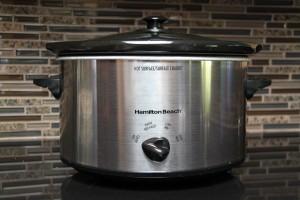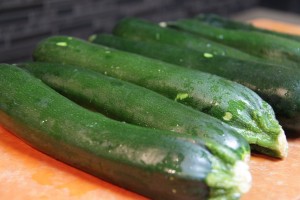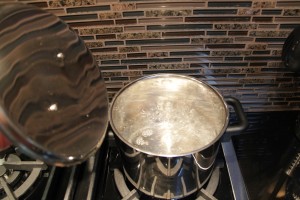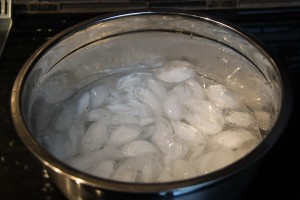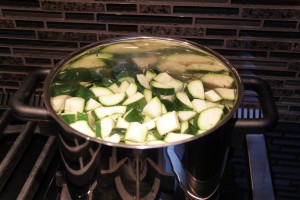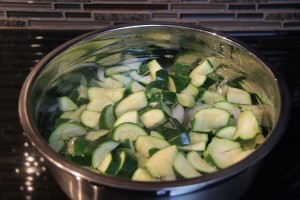Slow cookers are a life saver when making meals ahead of time. Although it may seem like one could just throw a few ingredients together and have it cook, there are some slow cooker tips that will make your slow cooking experience better.
 Be sure to buy the right sized slow cooker, or have a couple of different sized slow cookers on hand. Make sure there is enough food in the crock AND not too much food. The food or liquid must comes at least half way up the wall of the crock insert, as the element is located on the sides of the slow cooker. If only half-filled, check for doneness 1 to 2 hours earlier than recipe. The emptier the slow cooker, the faster it cooks. Alternatively, do not overload the crock pot. Half full to three quarters full is recommended for most crock pots.
Be sure to buy the right sized slow cooker, or have a couple of different sized slow cookers on hand. Make sure there is enough food in the crock AND not too much food. The food or liquid must comes at least half way up the wall of the crock insert, as the element is located on the sides of the slow cooker. If only half-filled, check for doneness 1 to 2 hours earlier than recipe. The emptier the slow cooker, the faster it cooks. Alternatively, do not overload the crock pot. Half full to three quarters full is recommended for most crock pots.- Stirring is not necessary when slow cooking and removing glass lid results in major heat loss and the cooking time may need to be extended.
- The crock can be pre-warmed by filing it with boiling water first.
- Get tender meat by lightly coating the pieces in flour and then browning before adding to the crock. This also helps to seal in the juices.
- Fat retains heat more readily than water, so fattier recipes will cook faster than those with less fat. Trim meats and brown them prior to putting them in the crock pot.
- Steam accumulates on the slow cooker’s lid and the contents of the crockery tend to get watered down. Use thickeners such as flour, cornstarch and tomato paste to give texture to the dish.
- Vegetables: Cut vegetables in small pieces to ensure rapid heat transfer. Always place vegetable in the crock first and then the meat on top.
- Dry herbs and spices can lose their flavor when simmering so long, if possible–try adding them the last two hours before the meal is ready to help keep the flavor. Use fresh herbs when possible, these can be added first thing since they’ll hold their flavor better when simmering for hours.
- 1 hour on high is equivalent to 2 hours on low.
- Don’t set a hot crock on a cold surface. Always place a hot pad or towel under it.

